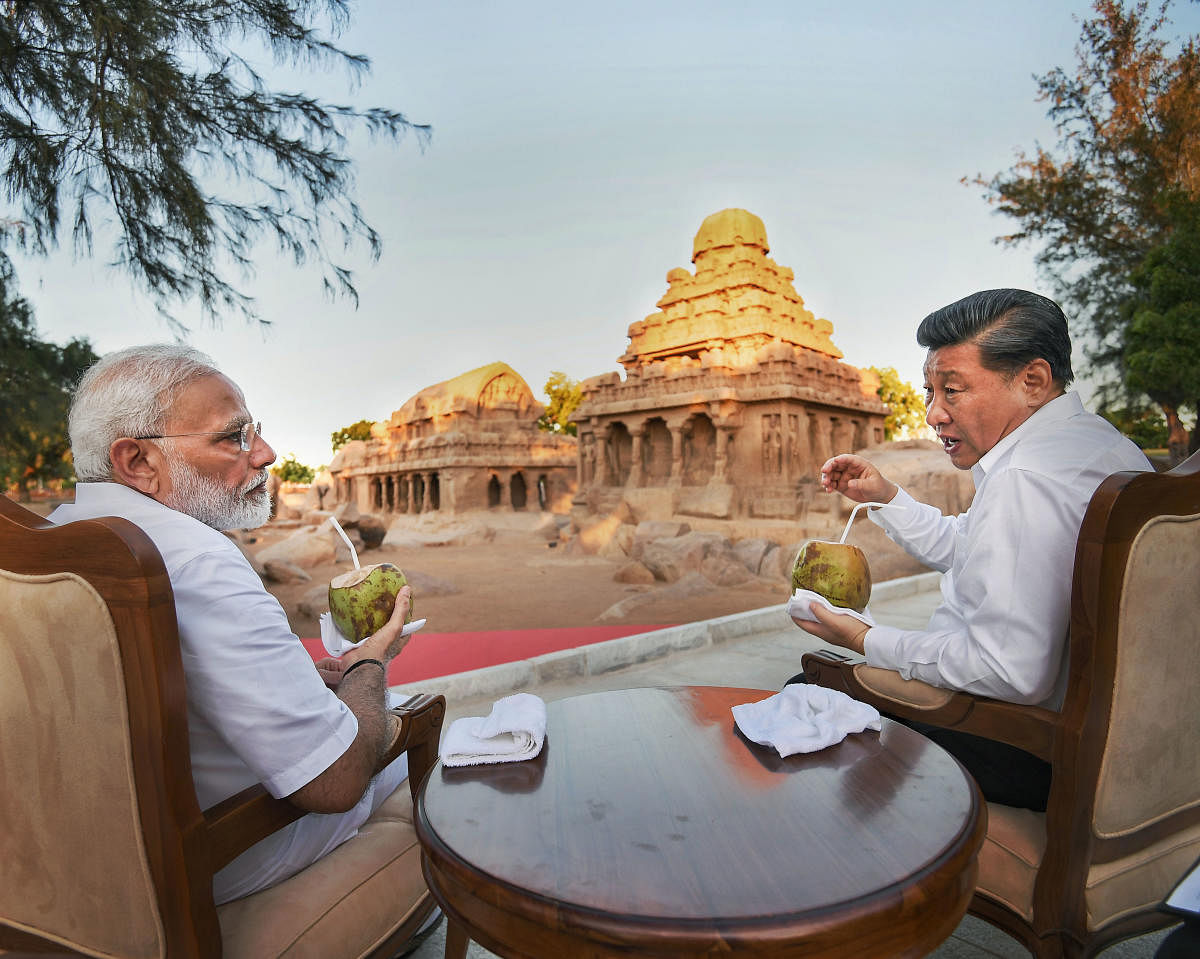
China’s military build-up on the north bank of the Pangong Tso lake along its disputed boundary with India is just one of the many facets of its aggression, which it deliberately ratcheted up amid the pandemic.
Beijing recently nudged the Nepal Communist Party government in Kathmandu to raise its pitch on Nepal’s territorial dispute with India. The Power Construction Corporation of China of late signed a contract with Pakistan to build a controversial hydro-electric plant in Gilgit-Baltistan, which is part of the area India accuses Pakistan of illegally occupying.
China’s People’s Liberation Army Navy (PLAN) of late deployed research vessels, underwater drones and 35th Task Force fleet, with 690 personnel, in the Indian Ocean, in order to spread its tentacles in the maritime neighbourhood of India.
The message that China wants to send out to India is clear: It wants to warn New Delhi against going into a tighter embrace with the United States in the post-COVID-19 world order.
After Donald Trump launched a tirade against China, Beijing responded to it with belligerence. The Chinese PLA Navy stepped up aggression in the disputed waters of the South China Sea and the East China Sea, rattling the US allies in the region. Chinese President Xi Jinping on Tuesday asked the PLA to scale up the battle preparedness.
What is clear is that China chose offensive defence as its policy to respond to counter the US campaign to hold it responsible for the COVID-19 crisis, and cover up its failure to handle the pandemic.
